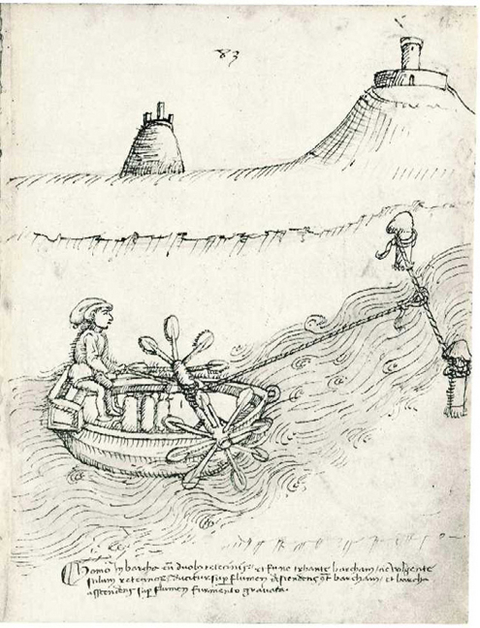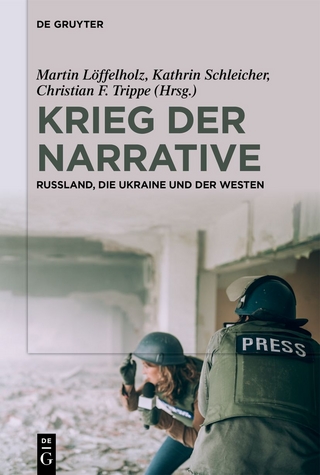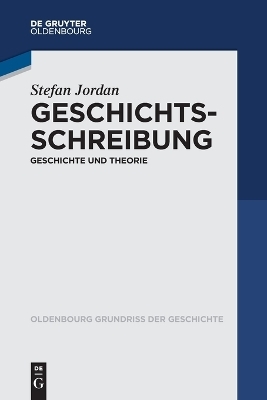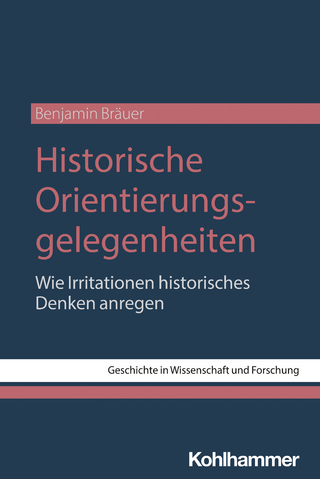
Mariano Taccola – De Machinis
Faksimile des Codex Latinus Monacensis 28800, Teil II. in der Bayerischen Staatsbibliothek München
Seiten
1990
Reichert, L (Verlag)
978-3-920153-05-6 (ISBN)
Reichert, L (Verlag)
978-3-920153-05-6 (ISBN)
Writing about engineering went through one of its decisive stages, on the way from the ancient treatise to the modern textbook, during the 15th century. Mariano Taccola of Siena is a key figure in this development, and his „De Machinis“ of 1449 culminates a lifetime devoted to the composition of countless engine drawings and technical texts. It is a record of machines for civil and military engineering, hydraulics, mills and tunnels. The autograph „De Machinis“ was only recently discovered. With remarkable ingenuity and realistic force, Taccola clarified the complex form of engines in optical unity perhaps for the first time. His originality of mind and artistic skill also led him to formulate devices for interconnecting drawings and texts and to classify engines.The first part of ths edition considers Taccola’s life, the composition of his book, and the whereabouts of Taccola as he composed „De Machinis“. Another part is a description and history of the autograph and of each of its copies. The edition includes a technical and stylistic commentary about Taccola’s engine drawings and texts, and it is accompanied by a transcription of the Latin texts. This facsimile edition of „De Machinis“, which uses folios from manuscript copies when pages are missing from the autograph, is a reconstruction of the original form. Mit der Wiederentdeckung der technischen Handschriften Mariano Taccolas wurde auch die Quelle für die Zeichnungen und Texte in den Abhandlungen und Skizzenbüchern Francesco di Giorgio Martinis entdeckt. Taccola behandelte als erster ein neues Thema in der Renaissanceliteratur: die rationale Beschreibung und Illustration von Zweckbauten. Das Werk, das Taccola ursprünglich als „Liber primus leonis“ und „Liber secundus draconis“ angelegt hatte, bekam nach und nach den Charakter eines Notizbuchs, als den Hauptzeichnungen mehrere kleinere Skizzen hinzugefügt und mehrere lose Blätter mit technischen Zeichnungen beigelegt wurden.Die Handschrift war ein Geschenk an Johann Albrecht Widmannstetter, der sich einige Jahre in Siena aufhielt. Aus der Sammlung dieses Humanisten gelangte sie anschließend nach München.Die vorliegende Faksimileausgabe enthält neben einer kurzen Biographie Mariano Taccolas die Geschichte dieses Notizbuchs, eine Beschreibung der einzelnen Abschnitte sowie Taccolas Bedeutung für Wissenschaft und Technik der Renaissance. Jede der mehreren hundert Zeichnungen wird erläutert, Taccolas lateinische Beschreibungen der Maschinen werden in Transkription wiedergegeben und ins Englische übersetzt. Ein Anhang enthält die Zeichnungen zu Mühlen, Pfahlrammen und Entwürfen zu Wasserleitungssystemen, die später nach Taccolas Modellen aus dem „Notebook“ entwickelt wurden.
Writing about engineering went through one of its decisive stages, on the way from the ancient treatise to the modern textbook, during the 15th century. Mariano Taccola of Siena is a key figure in this development, and his “De Machinis” of 1449 culminates a lifetime devoted to the composition of countless engine drawings and technical texts. It is a record of machines for civil and military engineering, hydraulics, mills and tunnels. The autograph “De Machinis” was only recently discovered. With remarkable ingenuity and realistic force, Taccola clarified the complex form of engines in optical unity perhaps for the first time. His originality of mind and artistic skill also led him to formulate devices for interconnecting drawings and texts and to classify engines.Taccola became famous; the Sienese nicknamed him Archimedes. He was secretary at the leading institution of learning, the “Studio” of Siena. He met King Sigismund and was named “comes palatinus”. He showed his drawings only to a selected few, among them Brunelleschi, with whom he discussed engineering questions. He experimented in technology to develop new and improved machines. Taccola’s „De Machinis“, which owes some parts to Vegetius, may have been insprired by Kyeser’s “Bellifortis” but surpasses it in artistic refinement.“De Machinis” is a compendium of engines. It illustrates the tradtions of the early 15th century in Italy as the Middle Ages fade away. In the Renaissance, the manuscripts were known to artists, yielding material of technical knowledge to Francesco di Giorgio Martini, the Ghiberti, Leonardo da Vinci and other men. Illustrious persons in history collected the manuscripts, beginning with the “condottiere” Bartolomeo Colleoni, the Turkish rulers in Constantinople who may have had one from Sigismondo Malatesta, the Nani of Venice and Andrea Tessier of Venice, Heinrich Count Daun, and Count Wilczek.The first part of ths edition considers Taccola’s life, the composition of his book, and the whereabouts of Taccola as he composed “De Machinis”. Another part is a description and history of the autograph and of each of its copies. The edition includes a technical and stylistic commentary about Taccola’s engine drawings and texts, and it is accompanied by a transcription of the Latin texts. This facsimile edition of “De Machinis”, which uses folios from manuscript copies when pages are missing from the autograph, is a reconstruction of the original form.“De Machinis” in copy form was rediscovered in 1797, along with Leonardo’s engineering work, by Giambattista Venturi, a century after a French ambassador acquired the copy for the royal library in Paris. During this time and later the autograph was treasured by its owner in Austria, who was unaware that scholars were searching for the original Taccola. The adventures and sojourn of the manuscript in Italy and Austria came to an end when it was aquired by the Bayerische Staatsbibliothek in Munich.
Writing about engineering went through one of its decisive stages, on the way from the ancient treatise to the modern textbook, during the 15th century. Mariano Taccola of Siena is a key figure in this development, and his “De Machinis” of 1449 culminates a lifetime devoted to the composition of countless engine drawings and technical texts. It is a record of machines for civil and military engineering, hydraulics, mills and tunnels. The autograph “De Machinis” was only recently discovered. With remarkable ingenuity and realistic force, Taccola clarified the complex form of engines in optical unity perhaps for the first time. His originality of mind and artistic skill also led him to formulate devices for interconnecting drawings and texts and to classify engines.Taccola became famous; the Sienese nicknamed him Archimedes. He was secretary at the leading institution of learning, the “Studio” of Siena. He met King Sigismund and was named “comes palatinus”. He showed his drawings only to a selected few, among them Brunelleschi, with whom he discussed engineering questions. He experimented in technology to develop new and improved machines. Taccola’s „De Machinis“, which owes some parts to Vegetius, may have been insprired by Kyeser’s “Bellifortis” but surpasses it in artistic refinement.“De Machinis” is a compendium of engines. It illustrates the tradtions of the early 15th century in Italy as the Middle Ages fade away. In the Renaissance, the manuscripts were known to artists, yielding material of technical knowledge to Francesco di Giorgio Martini, the Ghiberti, Leonardo da Vinci and other men. Illustrious persons in history collected the manuscripts, beginning with the “condottiere” Bartolomeo Colleoni, the Turkish rulers in Constantinople who may have had one from Sigismondo Malatesta, the Nani of Venice and Andrea Tessier of Venice, Heinrich Count Daun, and Count Wilczek.The first part of ths edition considers Taccola’s life, the composition of his book, and the whereabouts of Taccola as he composed “De Machinis”. Another part is a description and history of the autograph and of each of its copies. The edition includes a technical and stylistic commentary about Taccola’s engine drawings and texts, and it is accompanied by a transcription of the Latin texts. This facsimile edition of “De Machinis”, which uses folios from manuscript copies when pages are missing from the autograph, is a reconstruction of the original form.“De Machinis” in copy form was rediscovered in 1797, along with Leonardo’s engineering work, by Giambattista Venturi, a century after a French ambassador acquired the copy for the royal library in Paris. During this time and later the autograph was treasured by its owner in Austria, who was unaware that scholars were searching for the original Taccola. The adventures and sojourn of the manuscript in Italy and Austria came to an end when it was aquired by the Bayerische Staatsbibliothek in Munich.
| Erscheint lt. Verlag | 29.3.1990 |
|---|---|
| Einführung | Gustina Scaglia |
| Verlagsort | Wiesbaden |
| Sprache | deutsch |
| Maße | 225 x 305 mm |
| Gewicht | 2800 g |
| Themenwelt | Geisteswissenschaften ► Geschichte ► Geschichtstheorie / Historik |
| Sozialwissenschaften ► Kommunikation / Medien ► Buchhandel / Bibliothekswesen | |
| Schlagworte | Architektur • Buch • Buchmalerei • Handschrift • Handschrift;Architektur;Buchmalerei;Wissenschaftsgeschichte;Buch;Technikgeschichte;Presse;Renaissance;Technik;Mariano, Taccola; • Handschrift;Buch;Presse;Buchmalerei;Architektur;Wissenschaftsgeschichte;15. Jahrhundert /Schrift;Technikgeschichte;Renaissance;Mariano, Taccola;15. Jahrhundert /Technik; • Mariano; Daniello; Buchmalerei; Jahrhundert; 15. /Technik; Architektur; Jahrhundert; 15. /Schrift; Buch; Presse; Handschrift; Wissenschaftsgeschichte; Technikgeschichte; Renaissance • Mariano, Taccola • Presse • Renaissance • Technik • Technikgeschichte • Wissenschaftsgeschichte |
| ISBN-10 | 3-920153-05-7 / 3920153057 |
| ISBN-13 | 978-3-920153-05-6 / 9783920153056 |
| Zustand | Neuware |
| Haben Sie eine Frage zum Produkt? |
Mehr entdecken
aus dem Bereich
aus dem Bereich
Russland, die Ukraine und der Westen
Buch | Softcover (2024)
De Gruyter (Verlag)
39,95 €
Geschichte und Theorie
Buch | Softcover (2024)
De Gruyter Oldenbourg (Verlag)
24,95 €
wie Irritationen historisches Denken anregen
Buch | Softcover (2024)
Kohlhammer (Verlag)
69,00 €


